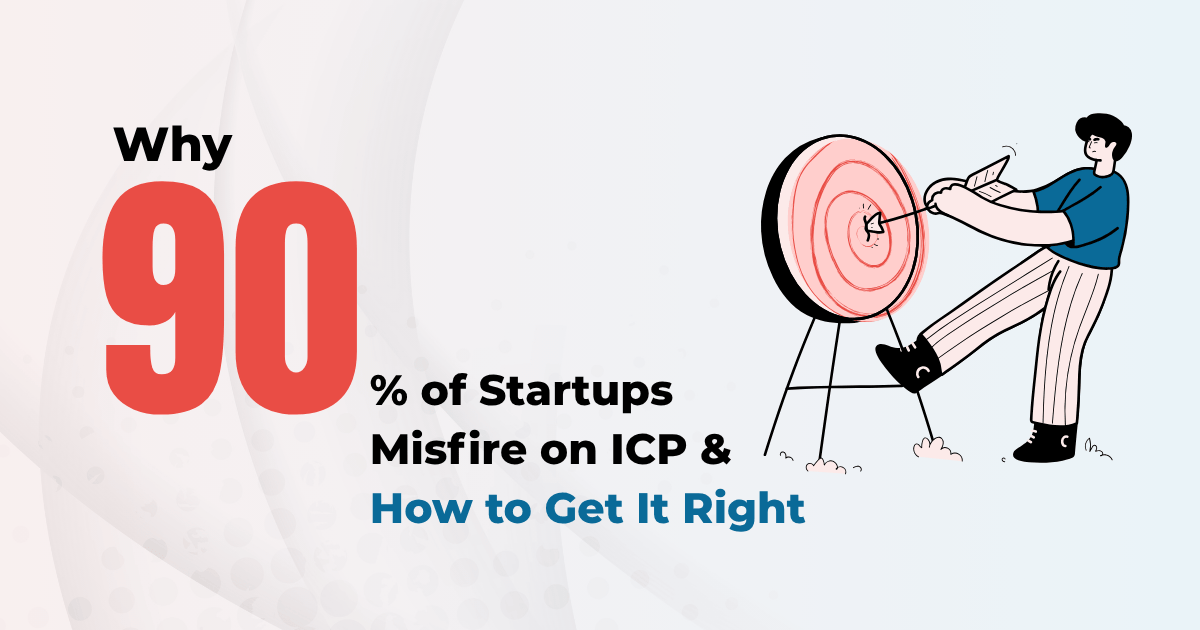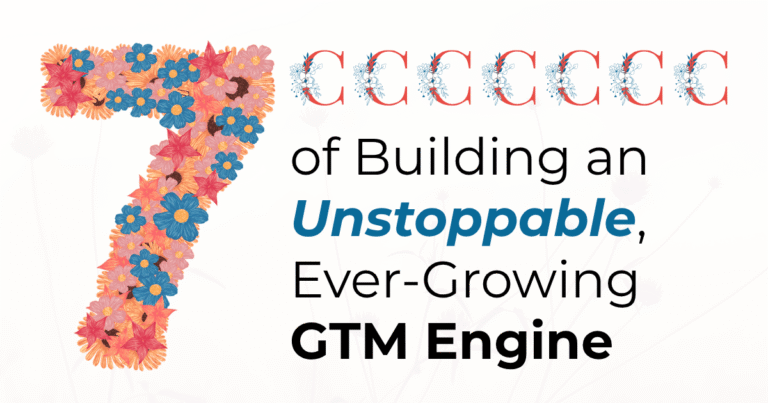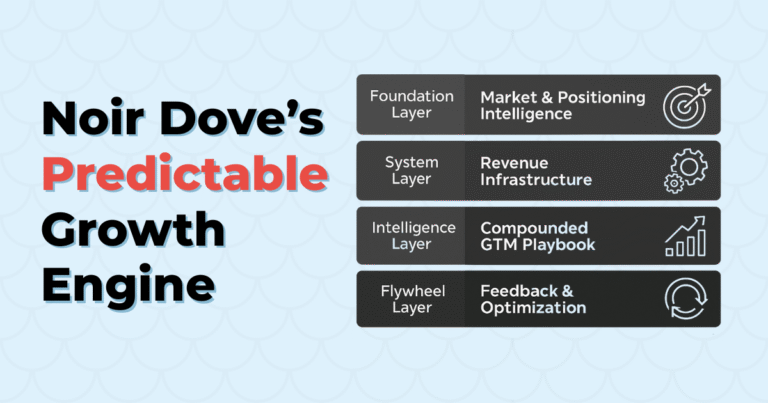When early-stage entrepreneurs discuss growth, the discussion practically always begins with “We need more leads.” But when you dig deeper, the issue is rarely the quantity of leads. It’s that they’re pursuing the wrong ones.
This is where the Ideal Customer Profile (ICP) concept comes in. Any investor, GTM advisor, or growth consultant will request your ICP. And yet, in reality, 90% of startups get ICP wrong by defining it too loosely (“anyone with a site”) or too specifically (“just CTOs in healthcare with 5–10 engineers”).
The outcome? Missed sales cycles, irrelevant campaigns, and a founder team burning valuable runway pursuing customers who would never, ever buy.
So why do startups mess up ICP? And how can you avoid it before it halts your growth?
The 3 Common ICP Mistakes
1. Mixing up TAM with ICP
Your Total Addressable Market (TAM) may be gigantic, but not everybody within it is your ICP. Founders tend to construct campaigns assuming everybody in their TAM is a prospect. In fact, merely a part of that market aligns with the pain your product currently solves.
Playbook Insight: TAM is where you dream, ICP is where you sell.
2. Overemphasizing Demographics, Disregarding Psychographics
A SaaS creator could say: “Our ICP are mid-market businesses with 50–200 employees.” That’s a start, but it’s not done. The actual ICP is not about company size. It’s about mindset:
- Do they have an adoption culture for new tools?
- Is the leadership pain-aware or pain-averse?
- Are they already budgeted for this bucket?
Playbook Insight: Demographics tell you who they are. Psychographics tell you why they’ll buy.
3. ICP Drift as You Scale
What was working for your ICP at $0–1M ARR might no longer be at $1–5M ARR. Founders tend to cling to their original customers, even if the product has developed into a wider (or tighter) fit. This divergence causes messaging mismatch, where your product has changed but not your GTM.
Playbook Insight: ICP is not fixed. It’s a living, breathing definition.
How to Get ICP Right (and Keep It Right)
Here’s a quick structure from the GTM Playbook: ICP → SCP → Messaging → GTM
- Define ICP (Who might buy?): Begin with TAM and filter down based on pressing pain, budget, and adoption mindset.
- Define SCP (Serviceable/Strategic Customer Profile — Who should you sell to today?): From your ICP, slice out the 20% that best fit your present stage. They are your highest-probability buyers.
- Validate with Signals: Don’t assume. Test your ICP hypotheses:
- Outreach replies
- Win rates
- Sales cycle length
- Align Messaging: Your messaging should resonate with the pain of your SCP, not the ego of your TAM.
- Review Every 6 Months: As your product and GTM change, your ICP/SCP should as well. Make it a living document, not a one-time exercise.
The Cost of Getting ICP Wrong
A weak ICP is more than an intellectual headache. It appears everywhere in your GTM:
- Sales waste: Your reps pursue “maybes” that never convert.
- Marketing waste: You produce leads that don’t become customers.
- Founder fatigue: Repeated calls with prospects who nod but don’t sign.
The stats are stark: organizations with a tightly defined ICP realize 2–3x greater win rates and 50% reduced sales cycles than organizations without.
Last Thought: Precision Creates Leverage
Startups don’t fail due to lack of hustle. They fail because they burn energy in the wrong direction. The more focused your ICP is, the more leverage each sales call, campaign, and dollar spent will possess.
So before you throw more money at ads, add another AE, or grow your outbound team — stop. Go back to your ICP. Ask:
- Who actually feels the pain we solve?
- Who has the urgency and budget to act today?
- Who will become not only a customer, but an advocate?
Because in GTM, precision is power.
We help founders diagnose GTM gaps such as ICP misalignment and assist them in creating repeatable growth playbooks. When you’re scaling but not converting, it’s rarely your product — it’s your ICP.




